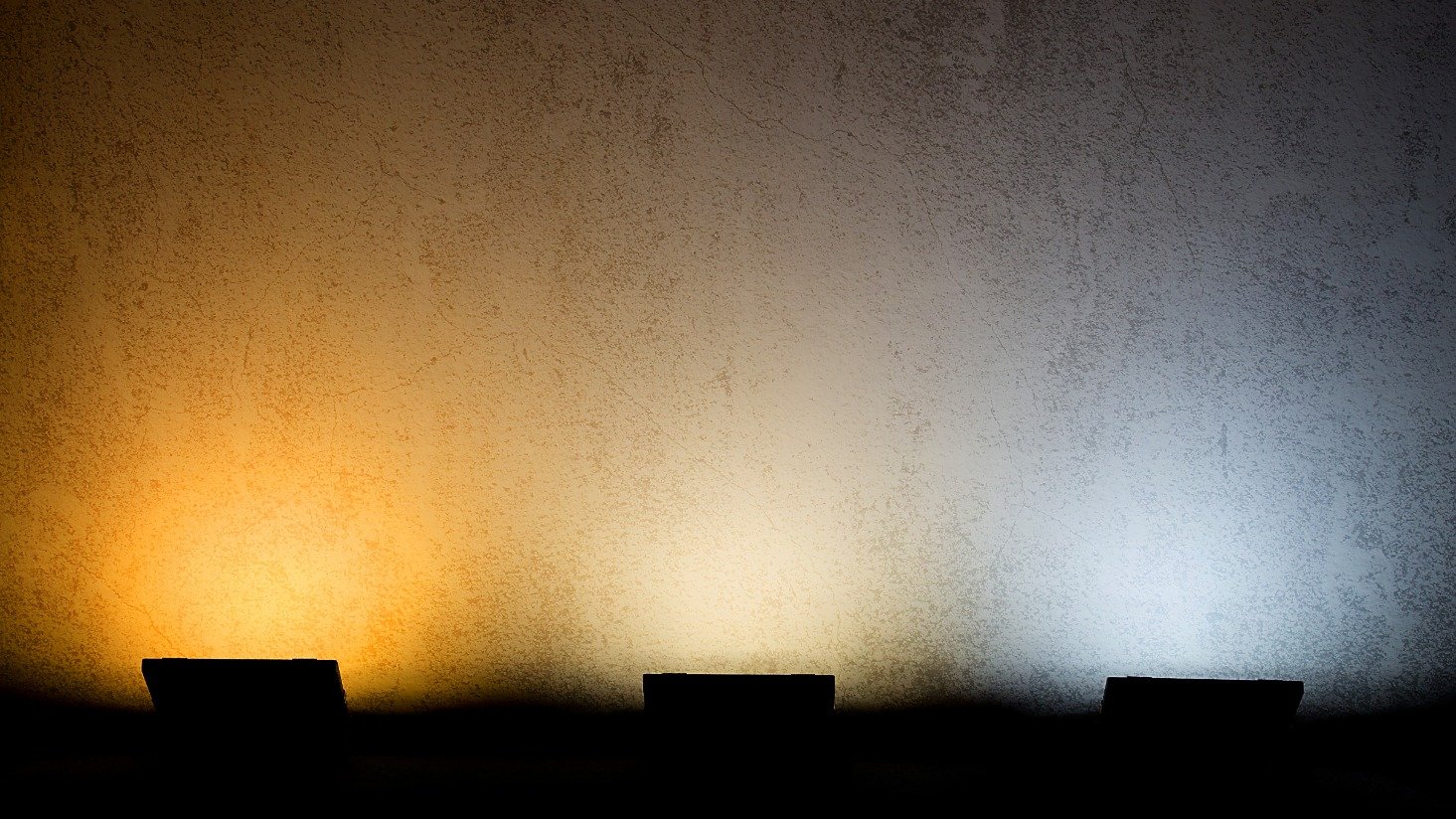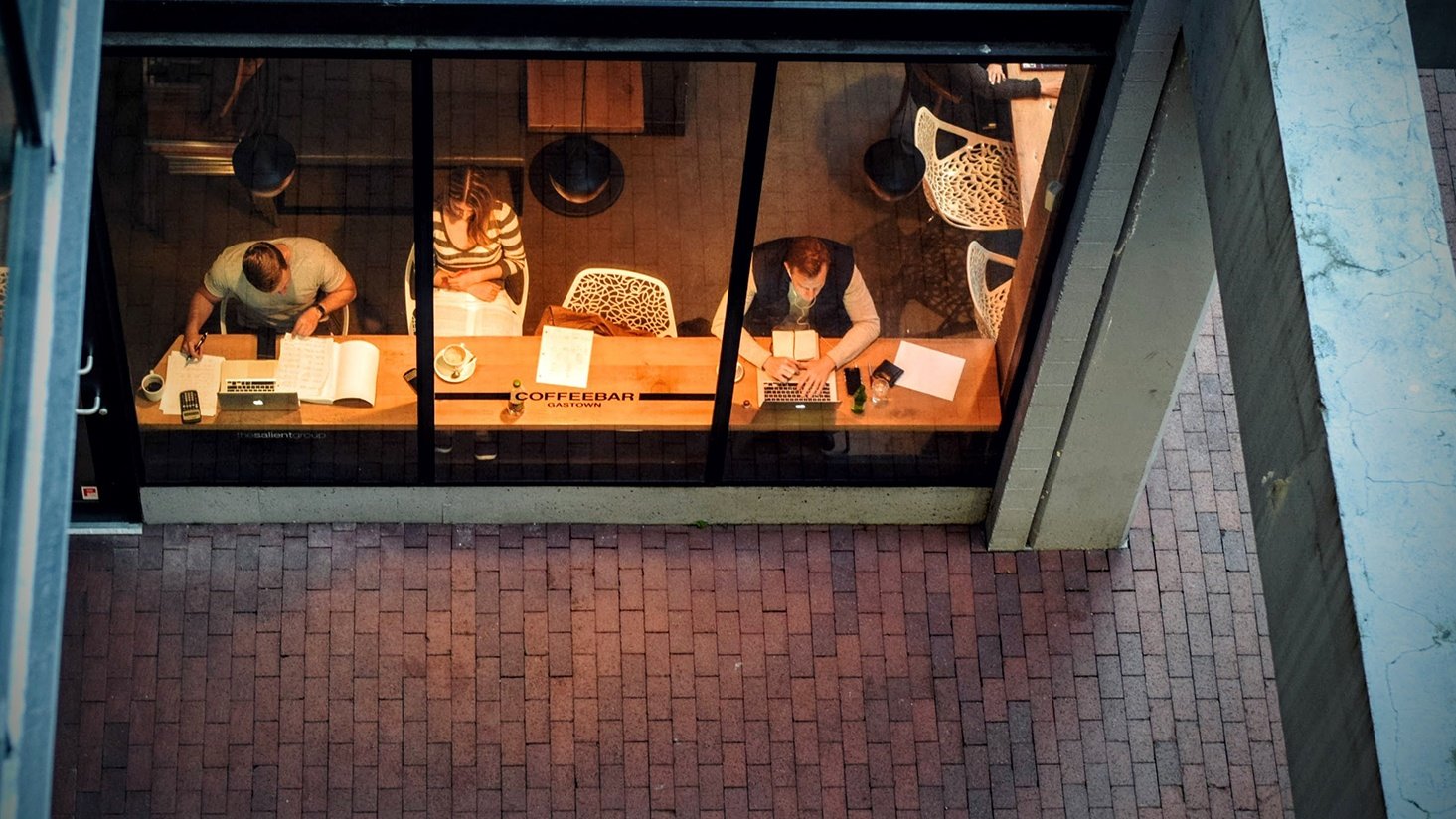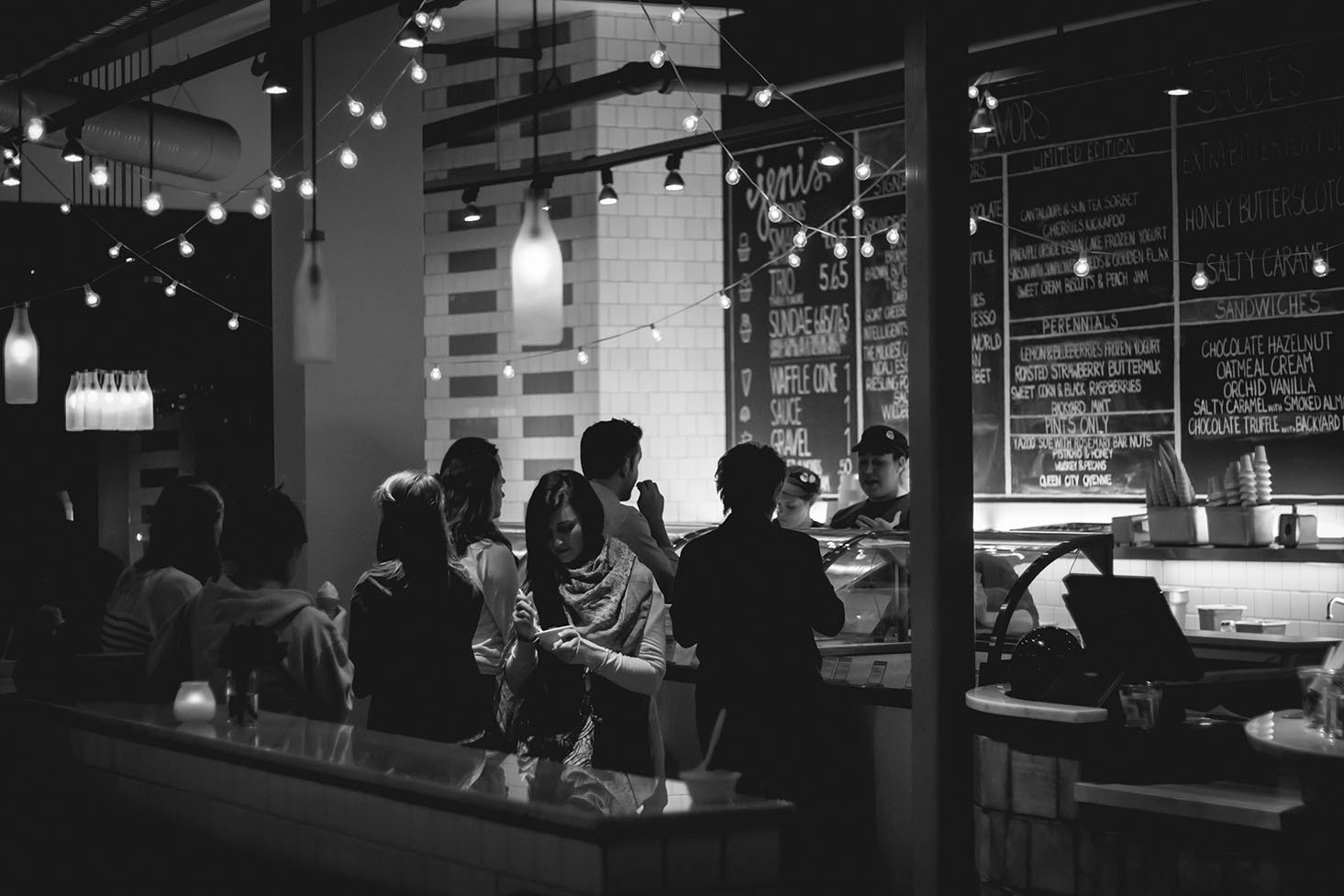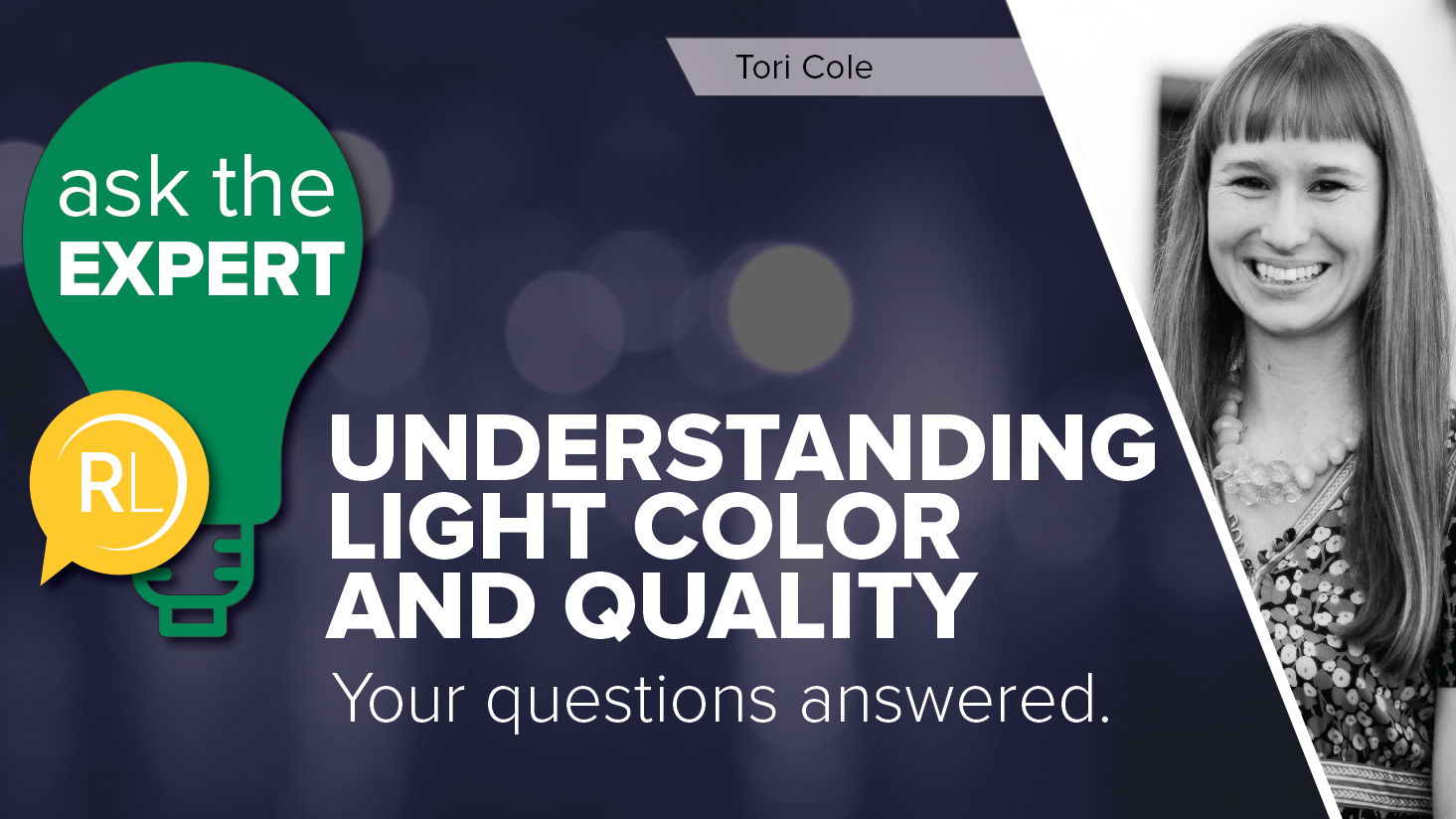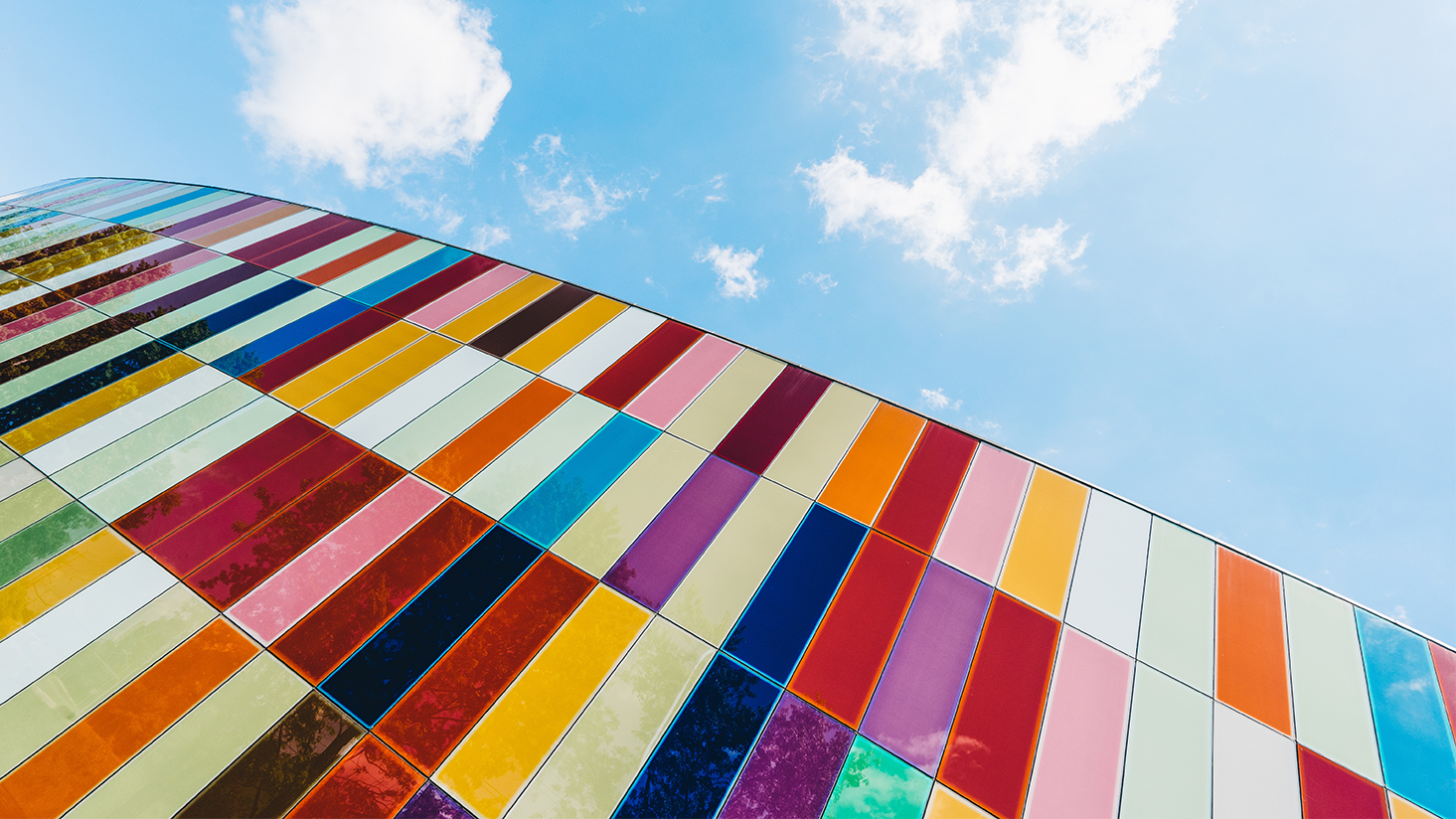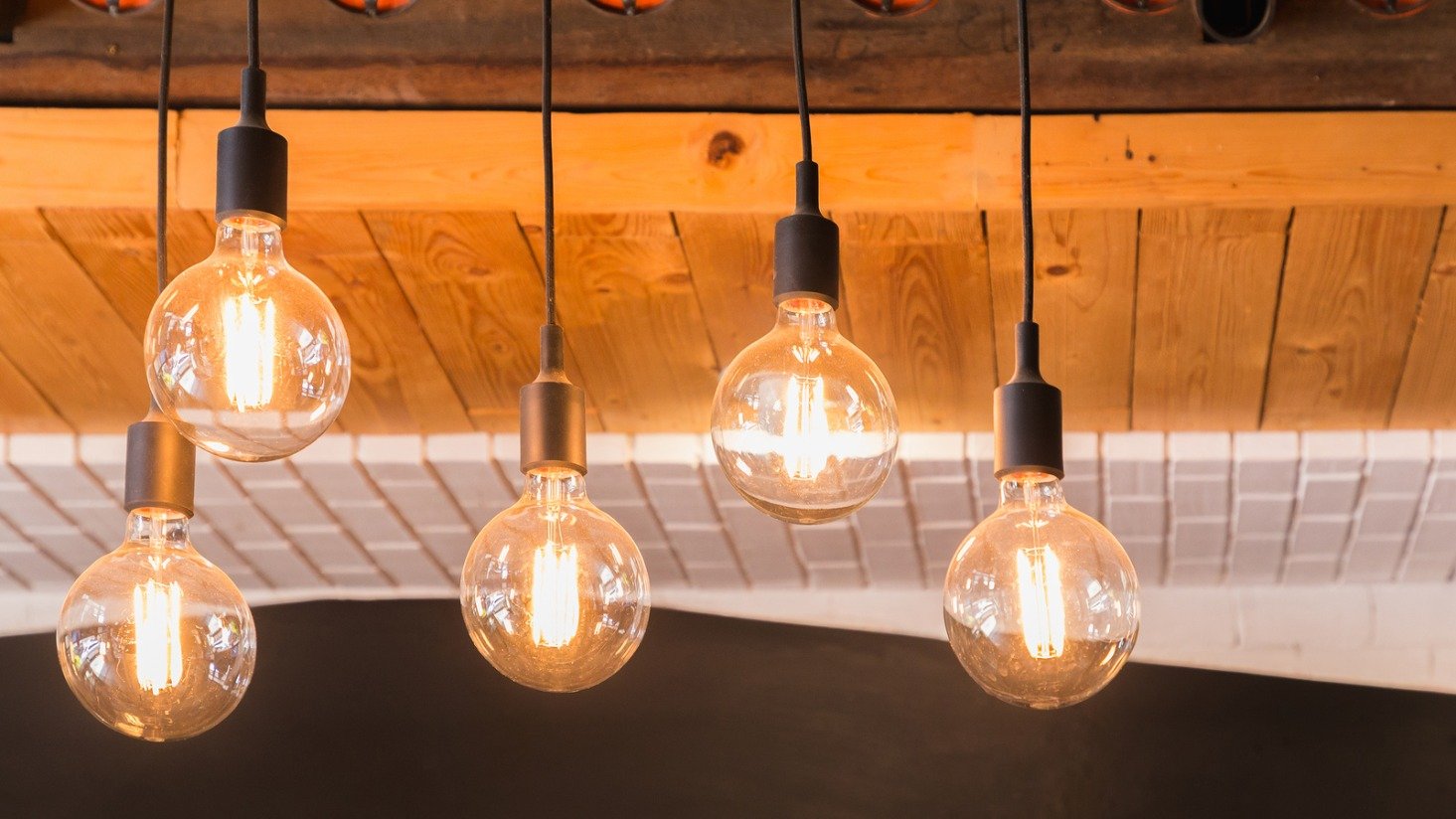What is CCT? A guide to choosing correlated color temperature for your lighting
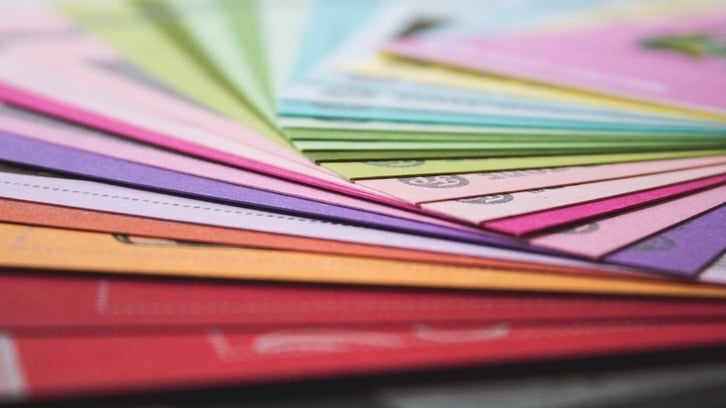
As with any element of design, color can be so subjective. With LED, the options have become almost limitless. Selecting the right color can seem overwhelming. When customers ask what the right color temperature (CCT) and color rendering index (CRI) should be for various applications, the answer is always based on the needs and function of the space.
In this article, I’ll address the top questions to ask when choosing color temperature and offer a guide by application.
What is color temperature?
Color temperature (Correlated Color Temperature, or CCT, in lighting tech jargon) is essentially a gauge of how yellow or blue the color of light emitted from a light bulb appears. It’s measured in the Kelvin unit and is most commonly found between 2200 Kelvin degrees and 6500 Kelvin degrees.
Warm light sources, such as incandescent bulbs, have a low color temperature (2200-3000K) and feature more light in the red, orange and yellow range. When you think of a warm color temperature, think of the warm, inviting light of a fire in the fireplace or a nice high-end restaurant with classy dim lighting.
Click here to shop lighting products with a warm color temperature.
 Cool light sources, such as some HID or fluorescent lamps, have a high color temperature (>4000K) and feature more light in the blue range. When you think of a cool color temperature, think of the crisp white or blue light of school hallways or hospitals.
Cool light sources, such as some HID or fluorescent lamps, have a high color temperature (>4000K) and feature more light in the blue range. When you think of a cool color temperature, think of the crisp white or blue light of school hallways or hospitals.
Click here to shop lighting products with a cool color temperature.
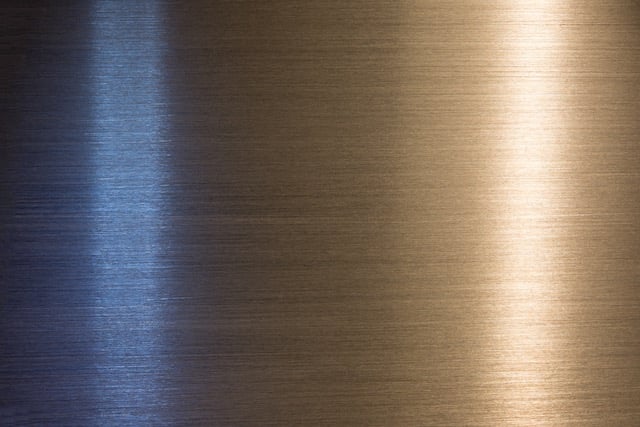
Questions to ask when selecting color temperature
1. What atmosphere are you trying to create?
Do you want to invite people to an intimate setting? Welcome people to a cozy lobby? Keep employees or students alert? Convey an energetic, clean atmosphere? You get the idea. Think about who your audience is and how you want them to feel when they are in your facility.
2. What kind of colors are you highlighting in your space?
This gets further into CRI, but the color of the light still plays a role. If you have blue, silver, or white colors in your space, you may want to consider cooler color temperatures. If you have wood tones, golds, or reds, you may want to consider warmer color temperatures.
Of course, there are exceptions to the rule. It’s often a good idea to select a color temperature that complements the color of the environment. It’s also worth noting that if you have neutral tones in your space, the color of the lighting can easily swing the feel of your space from warm and inviting to energetic and active.
Guide to selecting color temperature by application
Here is a simplified guide on what color temperatures typically work best by application.
| Application | Recommended Color Temperature |
| OUTDOOR/ PARKING | |
| Outdoor site lighting, parking garages, security lighting | This is one application where efficiency is typically the priority over color temperature. Our preference is 3000-4000K, but cooler color temperatures in 4000-5000K+ range tend to be most common. |
| RETAIL | |
| General retail | Choosing the right color temperature for retail typically varies based on the brand, atmosphere, and even location. With that said, most retailers in the US choose lighting within the 2700K to 4000K range. Some also choose to mix color temperatures. |
| Jewelry display (especially diamonds, or silver) |
Cooler color temperatures in 3500-4500K+ range |
| Jewelry display (mixed metals) |
It’s common to alternate warm (2700K) and cool (4000K) temperatures based on what’s on display |
| RESTAURANT | |
| High-end restaurants | Warmer color temperatures (1800-2700K) tend to work well. |
| Quick-serve restaurants | Warmer color temperatures also tend to work well in quick-serve restaurants, but not quite as warm as high-end restaurants. Consider lighting in the 2700K to 3500K range. |
| HOTEL | |
| Hotel lobbies | Similar to retail, hotel lighting can vary significantly based on the brand, atmosphere, and location. That said, warmer color temperatures in the 1800-3000K range work well in hotel lobbies. |
| Hallways and common areas | In general, match the color temperature of hallways and common areas to the lobby. |
| Guest rooms | Guest rooms typically fall in the 2700-3000K range, creating a warm, inviting atmosphere. |
| COMMERCIAL OFFICE | |
| Office space | Neutral to cool color temperatures (3000-4000K) are generally appropriate in office space. |
| HEALTHCARE | |
| Hospitals | Cooler color temperatures (3500K to 5000K) are good for setting a clean crisp atmosphere and creating alertness in a hospital. |
| SCHOOLS & UNIVERSITIES | |
| Dining areas | Warmer color temperatures tend to work well in dining areas. Consider lighting in the 2700-3500K range. |
| Common areas and classrooms | Cooler color temperatures (3500-5000K) are good for setting an energetic atmosphere and promoting alertness. |
Selecting the right color temperature
As you can tell, cooler color temperatures (3500-5000K+) work well in environments where you want to promote alertness and calm. Similarly, warmer color temperatures (2200-3000K), especially those with high R9 values, work well with giving a sense of warmth and comfort or with rich, warm woods to bring out the detail in the grain.
Choosing between LED products? Download our LED Buying Guide.
There have also been tremendous improvements in the ability to make LED lighting dynamic through color tuning and field-adjustable LED fixtures. Both of these options can work well if your color temperature needs to be precisely dialed-in or changed over time.
Even with the guidelines above, the most important part of selecting the right color for your space is a mock up. Each LED has its own DNA and is unique. Each manufacturer has its own processes and designs. In short, not all 2700K or 4000K products look the same across different manufacturers, so get a few samples and install them in your space. There’s no substitute for seeing something in your own space with your own eyes.
